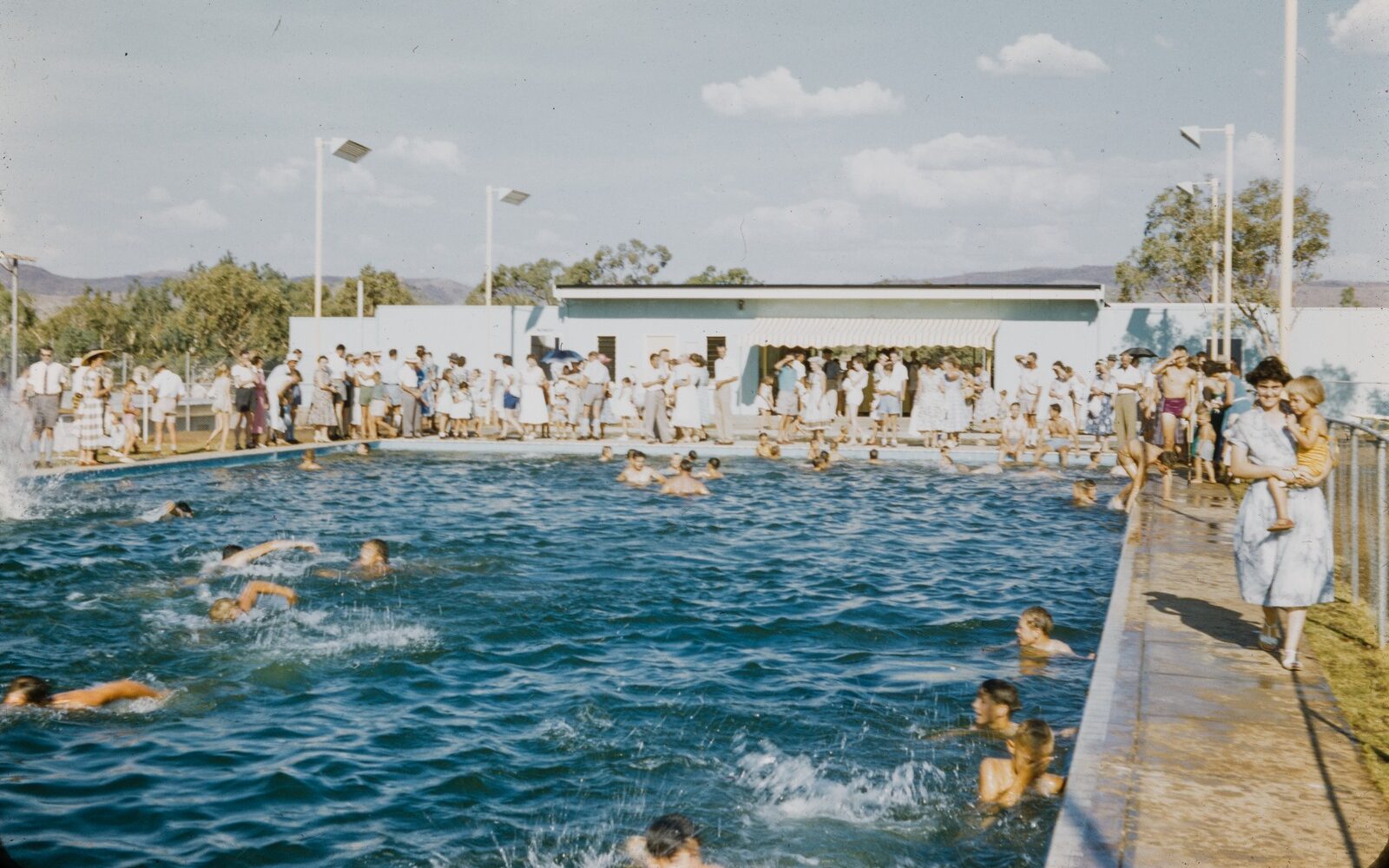The outback town that was sold for parts

In April 1983 bargain hunters and mining executives alike flocked to Mary Kathleen. The town’s uranium mine had closed the year before, leaving scant employment opportunities for its 830 inhabitants. With little economic incentive to keep the township alive, it was decided Mary Kathleen would go under the hammer. Everything was up for grabs, from the mine’s machinery to the public buildings, houses and streetlights.
“Mary Kathleen is up for sale today and, according to the auctioneers, buyers have been swarming over the site like ‘ants around the honey pot’,” reported The Canberra Times on 11 April 1983. The auction stripped Mary Kathleen to its bare bones; buildings were dismantled brick by brick and carted away, leaving behind concrete foundations and bitumen roads leading to nowhere.

Mary Kathleen’s uranium deposit was discovered in July 1954 by prospectors Clem Walton and Norman McConachie. Norman named the site after his wife, Mary Kathleen, who’d died from an illness just days before. Mining commenced in 1956 and a town – also called Mary Kathleen – was built about 6km south of the open-cut operation. The mine’s senior staff and their families lived on the town’s eastern boundary, away from employees. Miners with partners and children were allotted three-bedroom houses close to the town square, while single workers lived in donga accommodation – a private room with a communal kitchen and bathroom.
The shared accommodation sometimes fuelled conflict. Many of the men who lived together had little in common beyond their place of employment. In his memoir, Mary Kathleen Reflections: A Loss of Innocence Working at a Uranium Mine in the Australian Outback, mine geologist Andrew Cuthbertson recalled raucous youngsters from Sydney and Melbourne locking horns with older migrants from Poland and Yugoslavia.
“Life in the dongas required people to get on with…workers of vastly differing backgrounds,” Cuthbertson wrote. “In a twenty-four-hour continuous mining operation, split into three shifts, there were always men sleeping through the daytime… [Many] young men simply had no comprehension of respect for fellow workers trying to sleep and insisted on having their music boxes – ghetto blasters – on at full volume during the day.”

Mary Kathleen had several recreational facilities for people to visit in their spare time, including a drive-in cinema, 35m swimming pool, golf course and lawn bowls club, but many preferred venturing to Mount Isa instead. This neighbouring town offered rodeos, numerous bars, annual community dances, live music – and more single women. Men greatly outnumbered women in Mary Kathleen and single women were particularly scarce.
“[Mary Kathleen] had very few single women in town or on the mine site and those few attracted the undivided attention of the large number of lonesome male workers,” Cuthbertson wrote in his memoir. “The town primary school had stopped assigning young single women teachers just before I arrived, as they frequently resigned due to harassment.” Life wasn’t always rosy for married women, either. “There was an established pecking order amongst the wives…as the seniority of their husbands in the workforce spilled over into their private lives in the town,” Cuthbertson wrote. Gossip and rumours spread quickly in this isolated outback town, where “everyone knew everyone else’s personal business”.
Uranium ore was extracted from Mary Kathleen during 1958–63 and 1975–82. By 1982 the deposit was exhausted, and the mine closed for good. On 20 July 1982 The Canberra Times reported that mining executives and local politicians “decided it was not financially practical to keep the township alive…the town’s residents will have to find somewhere else to live”.
After the auction, Mary Kathleen became the site of Australia’s first major uranium mine rehabilitation project. Today, the open-cut mine is filled with electric-blue water, caused by the washing of minerals from its walls. Many tourists visit the mine – despite its mild levels of radioactivity – and camp on the empty streets of the long-gone settlement.





